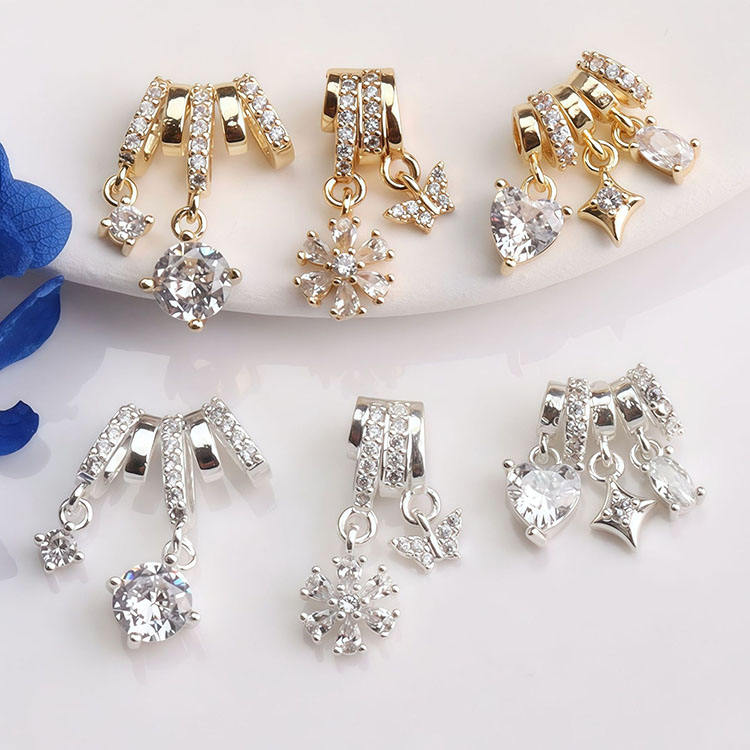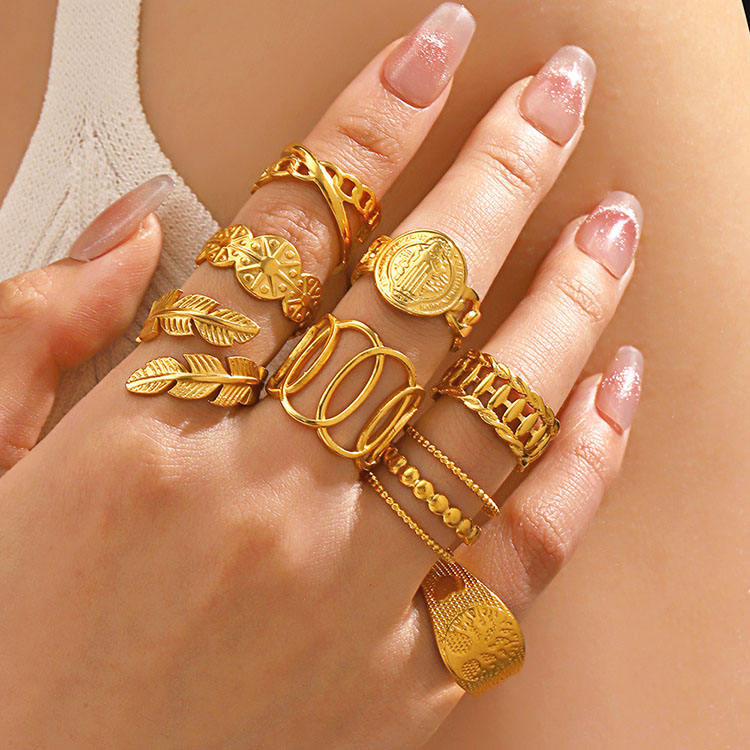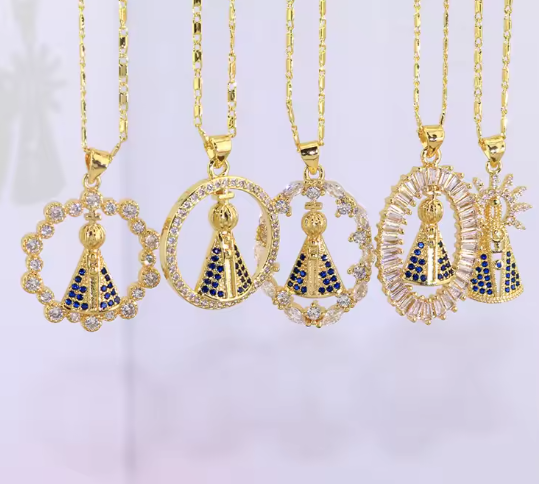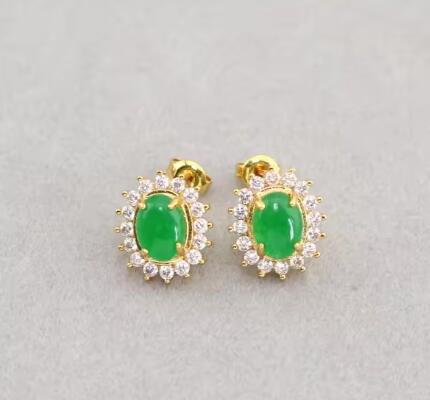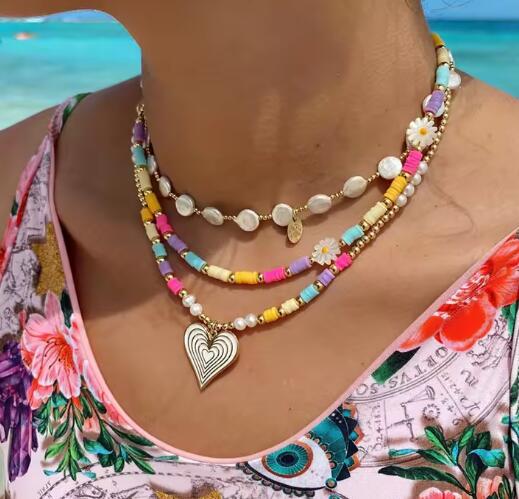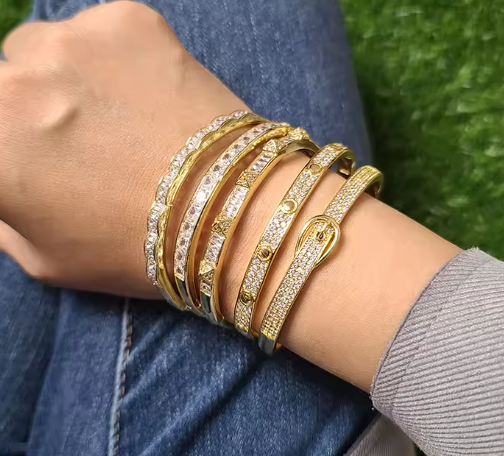Laser engraving isn’t a simple “extra step”—it introduces unique expenses that plain brass jewelry avoids, all of which factor into the final price:
-
(1)Specialized Equipment and Expertise: Laser engraving requires industrial-grade machinery (either fiber lasers for metal or CO₂ lasers for detailed etching) that costs $10,000–$50,000 upfront, plus ongoing maintenance (e.g., lens replacements, software updates). These machines also need skilled operators to calibrate settings (like laser intensity and depth) for brass—too much heat can warp the metal, while too little won’t create a crisp design. The cost of this equipment and labor is passed on to consumers, as brands recoup their investment.
-
(2)Design and Setup Time: Even pre-made patterns need preparation. Designers must digitize artwork, adjust it to fit the jewelry’s shape (e.g., a curved bracelet vs. a flat pendant), and test engravings on sample brass pieces to ensure quality. For custom designs (e.g., a brand logo, handwritten text, or intricate motifs), this process takes 1–3 hours per design—far longer than the “cut and polish” workflow for plain brass. Plain jewelry, by contrast, requires minimal setup: metal is shaped, polished, and finished in bulk, with no design customization.
-
(3)Reduced Speed and Higher Waste Risk: Laser engraving is a one-piece-at-a-time process. A plain brass ring can be produced in seconds, but engraving a pattern on the same ring adds 30–60 seconds per piece. Additionally, if an engraving is misaligned, too deep, or uneven, the brass piece is often discarded—wasting material and time. Plain brass jewelry has almost no waste, as defects are rare in basic shaping and polishing.
The price gap between laser-engraved and plain brass jewelry isn’t one-size-fits-all—it depends entirely on how simple or intricate the design is:
-
(1)Simple Engravings (Basic Logos, Short Text): For straightforward designs (e.g., a small brand name, a single word like “Love,” or a simple geometric line), the price increase is moderate—usually 10–20% above plain brass. For example, a plain brass cuff bracelet might cost $12, while the same bracelet with a tiny engraved heart or initials could sell for $13–$14. These designs require minimal setup and engraving time, keeping the premium low.
-
(2)Intricate Engravings (Detailed Art, Multi-Layered Patterns): Complex designs—like floral scrollwork, mandalas, or multi-line quotes—demand more laser time and design precision. The price here jumps to 30–50% above plain brass. A plain brass keychain ($8) might become $10–$12 with a detailed engraved landscape or family crest, as the laser must etch fine lines without damaging the metal.
-
(3)Full Customization (Unique Art, Personalized Symbols): When buyers provide one-of-a-kind designs (e.g., a hand-drawn symbol, a photo converted to line art, or a specific date with a custom font), the premium hits 50–70%. A plain brass necklace pendant ($15) could cost $22–$25 with a custom-engraved portrait or meaningful phrase, as designers spend extra time refining the digital file and testing the engraving.
Laser-engraved brass jewelry isn’t just more costly to make—it also holds higher perceived value for consumers, which brands leverage to justify higher prices:
-
(1)Uniqueness and Sentiment: Plain brass jewelry is mass-produced, so shoppers often see it as “generic.” Laser engraving adds individuality—whether it’s a personalized gift (e.g., a mother’s necklace with kids’ initials) or a piece that reflects personal style (e.g., an engraved zodiac symbol). A 2024 survey by the Jewelry Marketing Association found 72% of buyers would pay 15–25% more for engraved brass jewelry, citing “it feels one-of-a-kind” as the top reason.
-
(2)Giftability: Laser-engraved brass pieces dominate the gifting market for birthdays, anniversaries, and graduations. Shoppers prioritize sentiment over cost when buying gifts, so brands price engraved options higher. For example, a plain brass “Best Friend” bracelet ($10) might be $15 with engraved names—shoppers accept the premium because the personalization makes the gift more meaningful.
-
(3)Brand Differentiation: In a crowded brass jewelry market, laser engraving helps brands stand out. Small businesses and DTC brands (like Etsy sellers or independent jewelry lines) often use unique engraved designs to build a niche. These brands can charge 25–40% more than generic plain brass brands, as customers associate engravings with “handcrafted” or “premium” quality—even if the base metal is the same.
Whether the extra cost of laser-engraved brass jewelry makes sense depends on your goals:
-
(1)Worth It for Personalization or Gifting: If you want a piece that tells a story (e.g., a necklace with a wedding date) or a gift that feels thoughtful, the premium is justified. The emotional value of the engraving often outlasts the cost difference.
-
(2)Worth It for Branding: For businesses, laser-engraved brass jewelry (with logos or slogans) doubles as marketing swag. A $15 engraved brass pen or lapel pin is more memorable than a $8 plain one, making the extra cost a smart investment in brand visibility.
-
(3)Not Worth It for Basic Everyday Wear: If you just need a simple brass piece (e.g., a plain ring to stack or a basic bracelet), the engraving premium is unnecessary. Plain brass works just as well for casual wear and costs less.
In short, laser-engraved brass alloy jewelry costs more than plain brass because of production complexity, design value, and consumer demand for uniqueness. The exact premium depends on design intricacy, but the extra cost is often justified for those seeking personalization, meaningful gifts, or brand differentiation. For shoppers and brands alike, laser engraving turns a basic brass piece into something with purpose—making the price tag a reflection of that added value.
